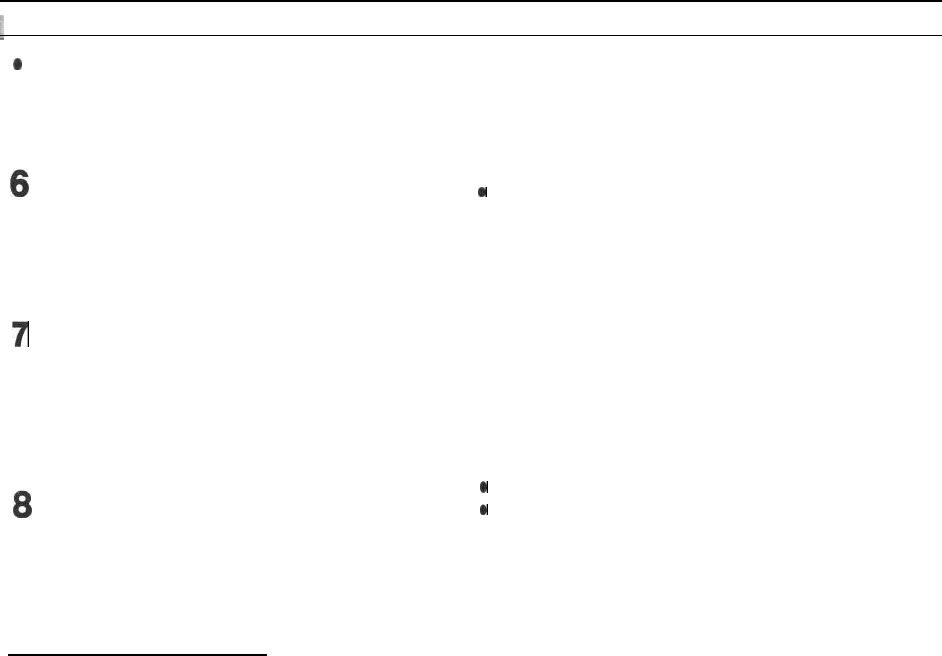
a CdS Prism Finder with built-in meter
Accurate through-the-lens exposure measurement is
possible with the CdS Prism Finder which couples to the
aperture of the lens and indicates the proper shutter
speed to set on the camera.
6
.
Flatness of the Film Plane
Developed through Mamiya’s long experience as a manu-
facturer of 120/220 roll-film cameras, the Roll-Film Inserts
for the Mamiya M645 keep the film perfectly flat for edge-
to-edge sharpness. Inserts are available for 120 or 220
roll-film.
7
.
Multi-Coated Lenses
Mamiya-Sekor lenses have achieved world-renown as pro-
fessional lenses of exceptional contrast, high resolution,
clear definition, and excellent color balance. All the lenses
for the Mamiya M645, from wide-angle to telephoto, have
been multi-coated to maintain their high standard of per-
formance even under adverse lighting,
8
.
Unlimited Scope
A full range of accessories are available for the Mamiya
M645 to assist the photographer in capturing virtually any
type of image. Accessories include hand grips, inter-
changeable focusing screens, and auto extension rings
complete with meter coupling.
l
Multiple-Exposure Provision
Merely lowering the multiple-exposure lever allows the
photographer to take as many multiple-exposures as he
wishes. During multiple-exposures, the exposure counter
does not move.
a
Mirror Lock-Up
The Mamiya M645 is designed to have minimal mirror
shock; nevertheless, when it is necessary to completely
eliminate vibrations, all you have to do is lock the mirror
in the up position. To do so, simply lower the mirror lock-
up lever. Mirror lock-up provision makes close-up and
telephoto photography possible even at slow shutter
speeds.
l
Two Shutter Release Buttons
The Mamiya M645 is equipped with two ideally located
shutter release buttons, so that regardless of how you
hold the camera, there is always a release button at your
finger tips.
a
Built-in Delayed Shutter Release
a
Depth-of-Field Preview Lever
A single touch on the Depth-of-Field Preview Lever,
which is ideally located on the camera body, stops the
lens down to the preselected aperture for direct viewing
of the depth-of-field.
4


















